Identifying bees, wasps and ants? Try these first...
Most bees, wasps and ants (aculeate Hymenoptera, or "aculeates" for short) require considerable skill and experience to identify them. There are however a small number of bees and wasps that, with care, can be identified quite easily. On these pages you will find photos and pointers for the identification of some of the commoner distinctive species.
Online recording pages for the spring species have now been developed and will be active in early March, to coincide with the flight periods. Just click on the relevant species on this page and link directly to the introductory page.
The species selected are:
Anthophora plumipes, Andrena fulva, Andrena cineraria, Osmia bicornis, Vespa crabro
Bees
 Andrena cineraria - ashy mining-bee
Andrena cineraria - ashy mining-bee
(With online recording now available)
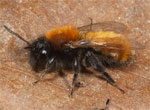 Andrena fulva - tawny mining-bee
Andrena fulva - tawny mining-bee
(With online recording now available)
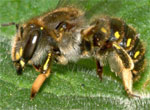 Anthidium manicatum - wool-carder bee
Anthidium manicatum - wool-carder bee
(With online recording now available)
 Anthophora plumipes - hairy-footed flower bee
Anthophora plumipes - hairy-footed flower bee
(With online recording now available)
(With online recording now available)
 Chelostoma campanularum - harebell carpenter-bee
Chelostoma campanularum - harebell carpenter-bee
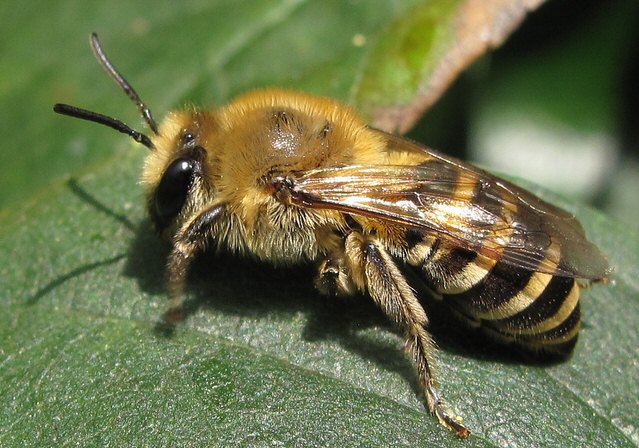
(With online recording now available)
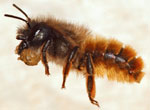 Osmia bicornis - red mason bee
Osmia bicornis - red mason bee
(With online recording now available)
Wasps
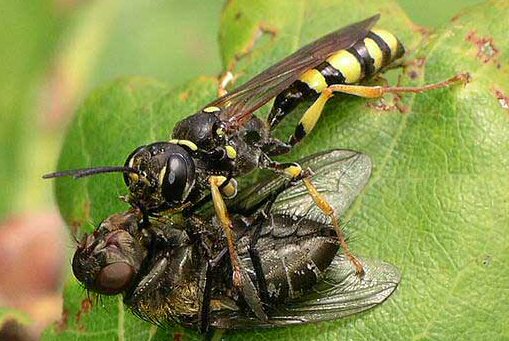 Mellinus arvensis - field digger-wasp
Mellinus arvensis - field digger-wasp
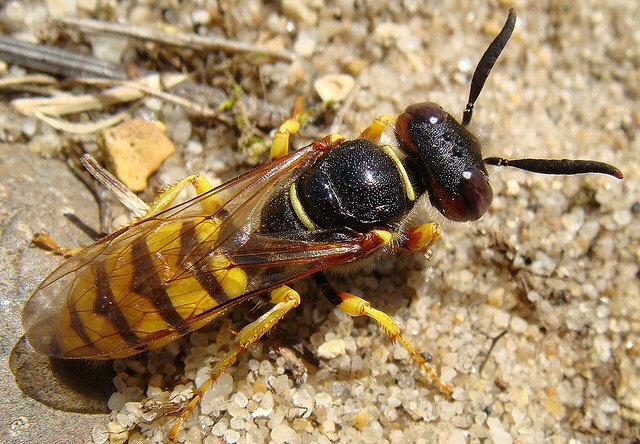 Philanthus triangulum - beewolf
Philanthus triangulum - beewolf
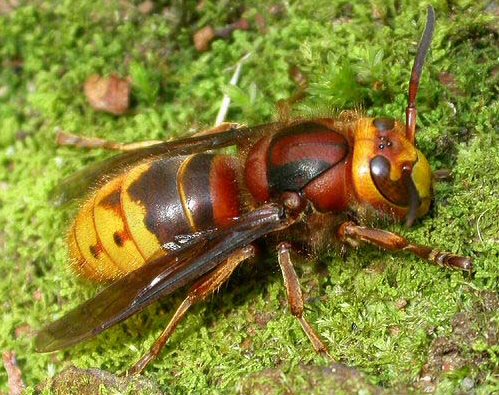 Vespa crabro - hornet
Vespa crabro - hornet
(With online recording now available)

Dolichovespula media - median wasp
Ants
 Lasius flavus - yellow meadow ant
Lasius flavus - yellow meadow ant
 Myrmecina graminicola - woodlouse ant
Myrmecina graminicola - woodlouse ant
BWARS members Mike Edwards and Jeremy Early have collaborated with Scottish Natural Heritage to produce a guide to some of the common and more readily identified bees of Scotland. The guide can be downloaded here



